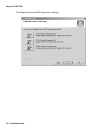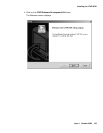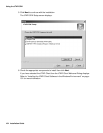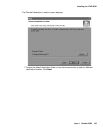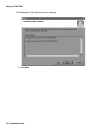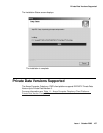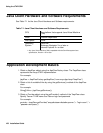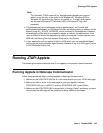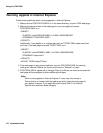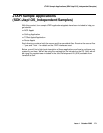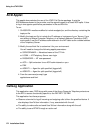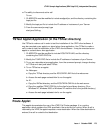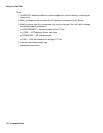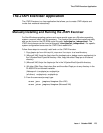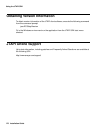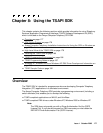
Using the JTAPI SDK
170 Installation Guide
Running Applets in Internet Explorer
Follow these guidelines when running appplets in Internet Explorer.
1. Make sure the ECSJTAPID.CAB file is in the same directory as your HTML web page.
2. Make sure there are lines in the web page for your java applet to access
ECSJTAPID.CAB, as in
<OBJECT
CLASSID="clsid:278E9392-39B9-11d1-B301-006097B5325A"
CODEBASE="ECSJTAPID.CAB">
</OBJECT>
Additionally, if your applet is in a signed cab such as TSTEST.CAB, make sure there
are lines in the web page to access TSTEST.CAB, as in
<OBJECT
CLASSID="clsid:2EDB26E1-39B7-11d1-B301-006097B5325A"
CODEBASE="tstest.cab">
</OBJECT>
<APPLET CODE=tstest/TSTest>
3. If the web page is using signed cabinets, such as ECSJTAPIA.CAB, the security
settings for Internet Explorer on clients must be set to "Medium" or lower.
4. ECSJTAPIA.CAB is signed with a Verisign Class 3 certificate, so users who access the
web page will be prompted to allow additional privileges.
Note:
Note: When running applets in Internet Explorer 3.x you may only access a
Tserver that is co-located with the web server which hosts the web page for
your applet. However, if you apply Microsoft's Java SDK 2.0 to Internet
Explorer this restriction does not apply.



